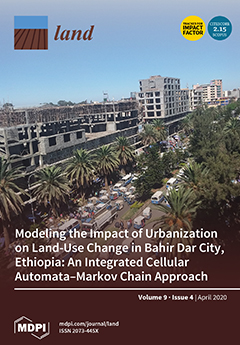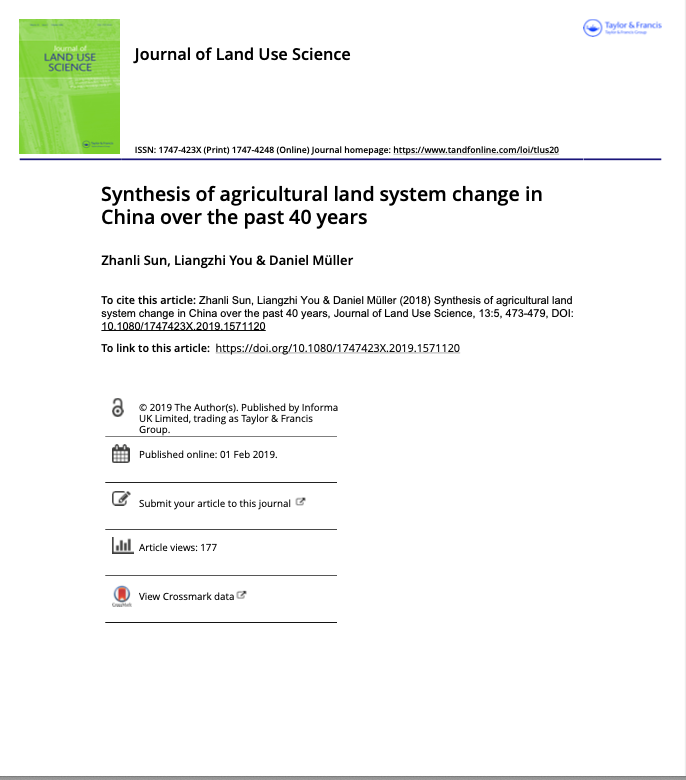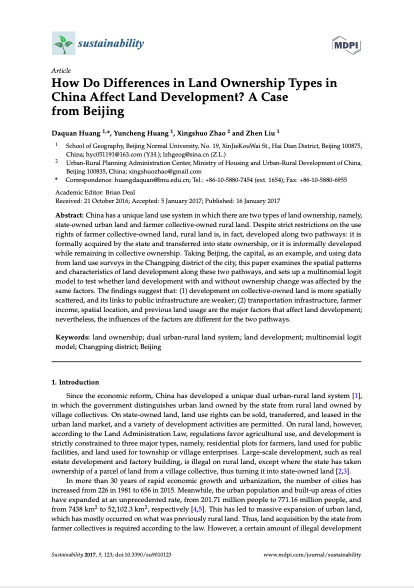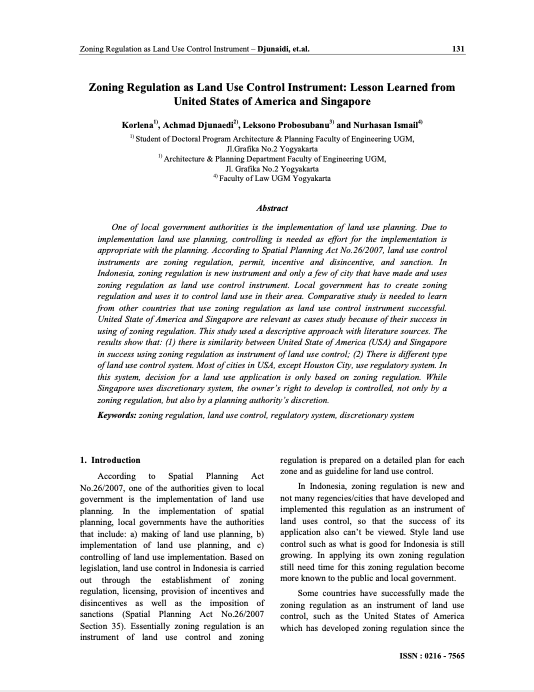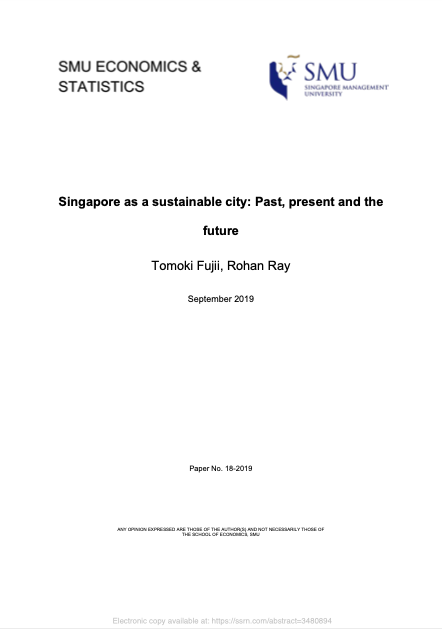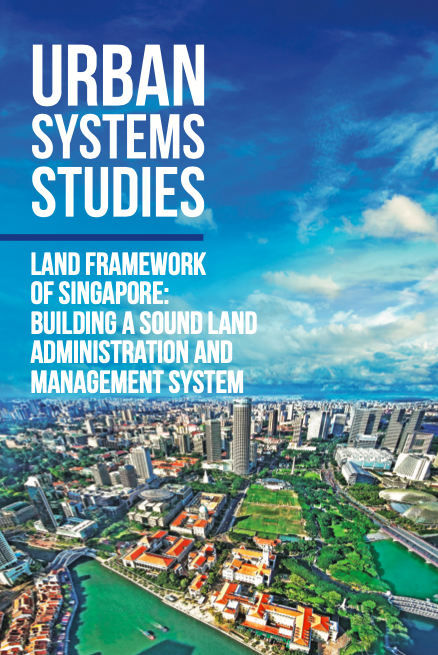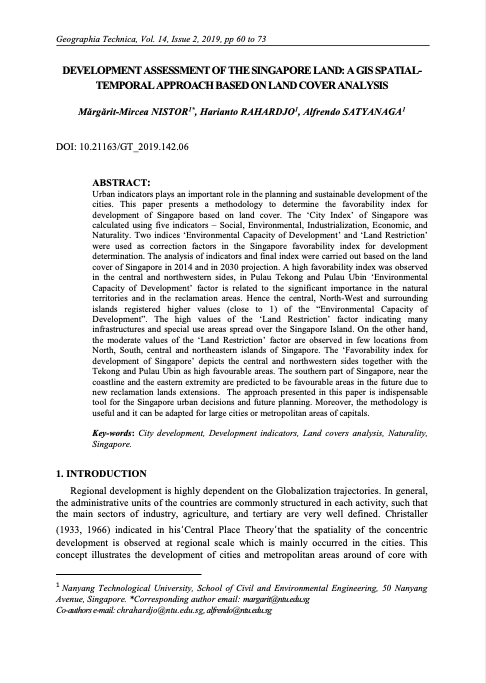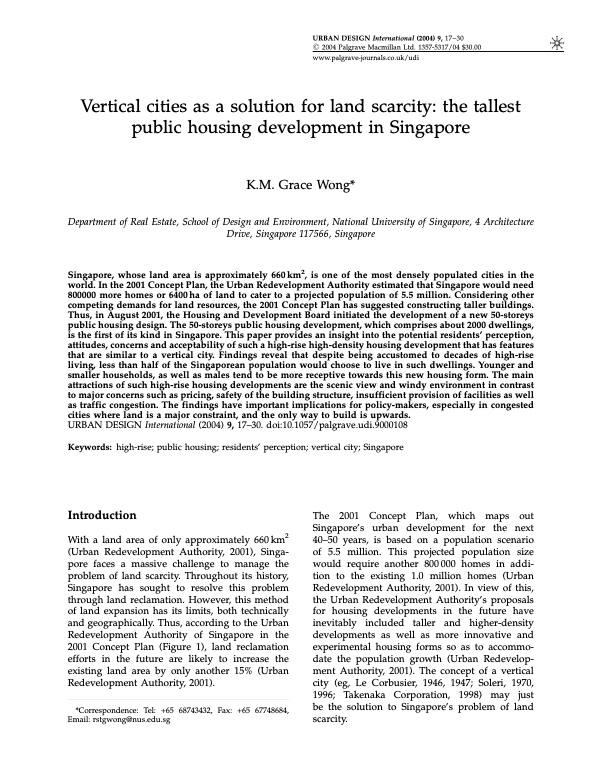Urban Greenways: A Systematic Review and Typology
Greenways are multifunctional linear landscapes that provide a range of socio-ecological benefits. As a domain of landscape planning research, greenways gained traction in the late 20th century and today, there is substantial interest in greenway planning and design. This is especially true in urban areas, as noted at the sixth Fábos Conference on Landscape and Greenway Planning.


